Indoor Enrichment: Keeping your Cat Happier and Healthier at Home
There’s nothing quite like the feeling of getting home after a long day at work — maybe looking forward to settling in for a bit of binge-watching in a freshly cleaned apartment — only to find a tipped over garbage can, and your cat casually lounging on the shreds of your brand new couch cover. So there you are, frustrated and defeated, as you stare into the face of an undeterrable cosmic force and it meows back, “My dinner’s late!”
Cats have a knack for doing exactly as they like, and it can feel like training or solving behavior problems is an impossible struggle. Thankfully, there are a variety of strategies to encourage positive behaviors, as well as strengthen the connection between the two of you! In many cases, the key is simple: indoor enrichment.
What Is Indoor Enrichment?
Boredom and stress can lead to a variety of difficulties for indoor cats, from behavioral challenges to litter box problems (or even chronic urinary issues) to inter-cat aggression. As the name implies, indoor enrichment focuses on keeping your cat engaged and relaxed inside the home, by providing the right kind of environment and activities to stimulate them mentally, physically, and socially.
Most city cats have no, or only limited, outdoor exposure, only able to see the world through an apartment window. And while indoor cats do tend to live longer — since they’re more protected from injury and infectious disease — they may need some extra stimulation to stay happy and satisfied.
So what exactly can you do to enrich your cat’s life? Below are some of our recommendations. In general, these approaches appeal to various instincts handed down to house cats from their ancestors who lived outdoors in the wild. Remember: cats are individuals (as we all well know!) — so the process of finding out what works for your own feline friend may take some trial and error. With a little effort, though, even small changes can provide a real and noticeable benefit to your cat’s temperament and behavior.
Toys. It’s no surprise that most cats enjoy playing with toys that encourage stalking, chasing, and pouncing — their ancestors spent most of their days hunting for mice, birds, and other small prey. Your cat will have their own preferences, but in general toys or balls that squeak, chirp, or move like small prey are great choices. You can also try simple homemade alternatives like a crumpled up piece of paper, paper towel tube, or an empty milk jug. Try to follow a regular schedule for daily playtime, and rotate toys so your cat doesn’t become bored. (Adding catnip can also spice playtime up!)
Scratching. A cat’s instinct to scratch is natural — even for those who’ve been declawed. Providing your cat with dedicated scratching materials made from rough material like sisal rope, coarse fabric, or even just cardboard can do wonders for saving your couch covers! (Some cats prefer vertical scratching posts, others a flat surface like a mat.) Encourage your cat by offering plenty of praise and rewards when they scratch appropriately.
Perches and ledges. Cats love to be high up, a vestige of their instinct to have a good vantage point for spotting signs of danger. Carpeted cat trees, perches, and shelves are great options for most cats; placing them by a window or, if possible, moving them around your home to mimic a changing environment, can provide additional stimulation. Many cat trees come with built-in hiding spots, which is a great option for cats with a strong hiding instinct.
Dynamic feeding. A variety of products — like food balls, interactive toys, and puzzles — can make meals more stimulating for your cat. (Or, you can always craft your own food puzzles with a cardboard box, for example.) Hiding treats in different places around the house every day can also provide an exhilarating challenge.
Litter boxes. Cats are meticulously clean by nature, and they need a quiet, comfortable place to do their business — which is why we advise having at least one litter box per cat in the household, placed in a low-traffic area, and cleaned daily. Most cats prefer larger, uncovered boxes, but it may take some trial and error to find what type of box and litter your cat prefers.
Dedicated rest areas. It’s vital for cats to feel safe and secure while they’re asleep, so make sure that your cat has dedicated rest areas around the home — quiet and protected spots, whether it be a blanket on your bed, their own bed on a windowsill or other refuge, or up in a hidey-hole in their favorite cat tree. Ideally, these areas should have easy access to necessities like a litter box, food, water, and toys.
Cat Hairballs: What You Should Know
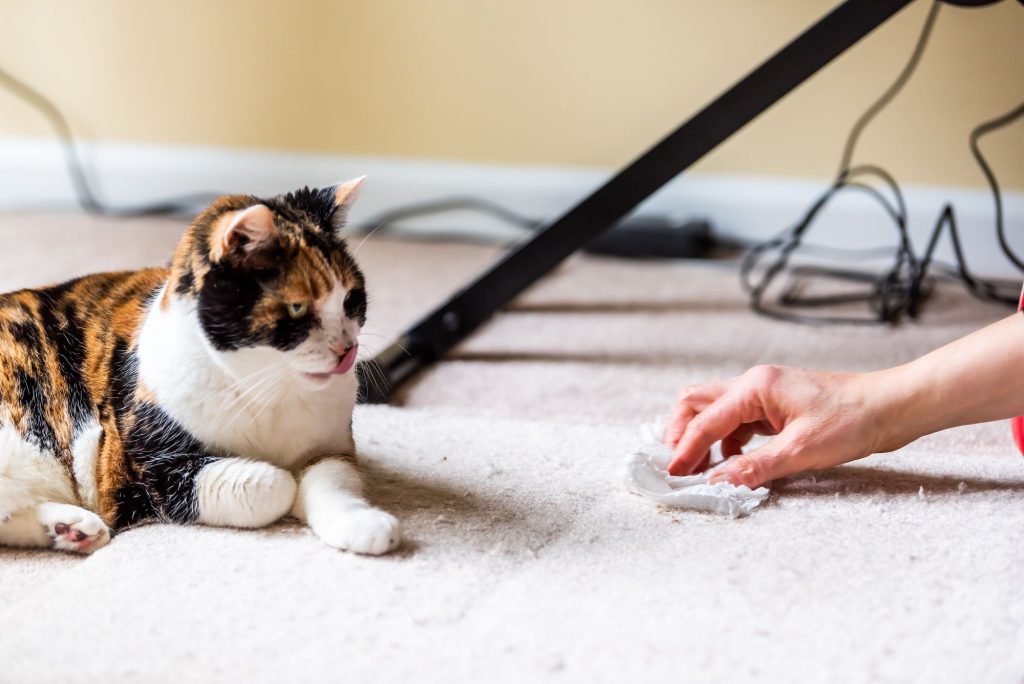
From across the room, you hear gagging and retching sounds. Unfortunately, what comes next is your cat hacking up a hairball and you scurrying to clean up the mess. As a cat owner, this is a regular albeit unpleasant scenario. While hairballs can be gross, they are a common result of your cat’s grooming routine. Hairballs are harmless most of the time, although occasionally they can signal a bigger cat health problem.
Continue…Dog Paw Problems and What Pet Owners Can Do

Your pet’s paws are precious. Something about those sweet little feet can melt just about any heart. When there is something wrong with them, though, it can be absolutely anxiety-inducing for both you and your dog.
Dog paw problems are not uncommon, but at All Creatures Veterinary Hospital of Brooklyn we have the expertise and knowledge to get your pet back on their feet.
Continue…Celebrating Your Fantastic Feline: 5 Ways to Pamper Your Cat
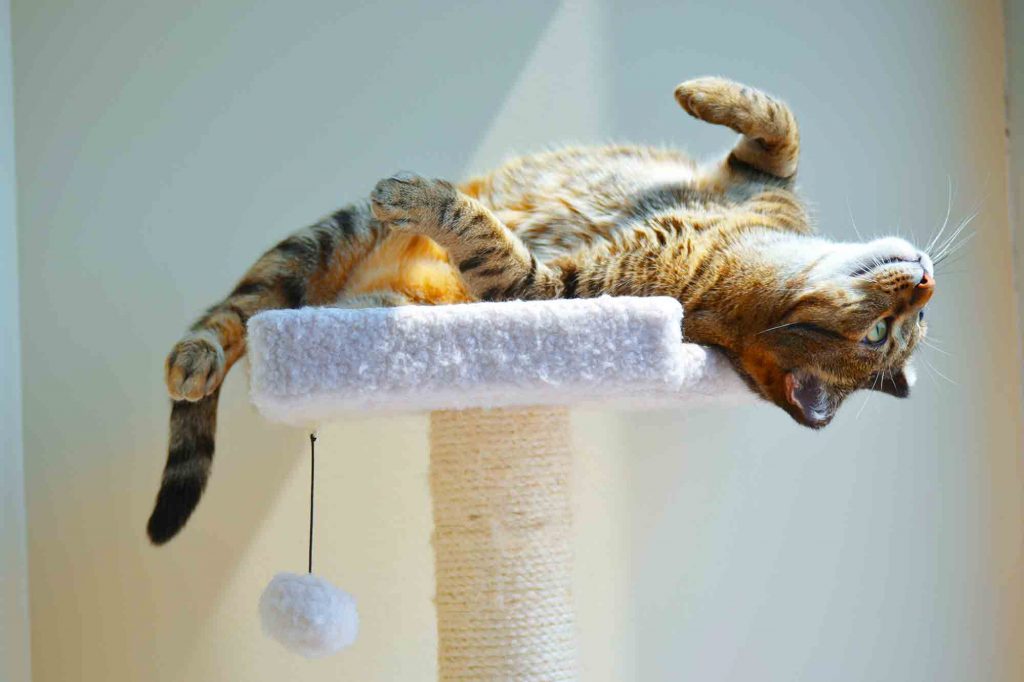
For those who don’t know better, cats are commonly perceived to be aloof creatures who prefer to be left to their own devices and knock a tumbler of whisky off a table rather than interact with their human slaves. But for those of us in the know, cats are often anything but solitary, unfeeling creatures who would rather curl up on your lap and make biscuits while you sip on that much-needed whisky.
Indeed, cats are, more often than not, intuitive and loving pets, who thrive on love, attention, and interactive play. They sense and respond to our moods, make us laugh, and generally love to nose their way into our affection on a regular basis.
With that in mind, it’s only natural that we would want to give our cats a little extra love from time to time. There are many ways to pamper your cat and, as their human companions, it’s likely that you know what they would best purr-fer, but in case you need a little inspiration, the team at All Creatures Veterinary Hospital has a few ideas to get you started.
Continue…Learn Feline Body Language, Understand Your Cat Better
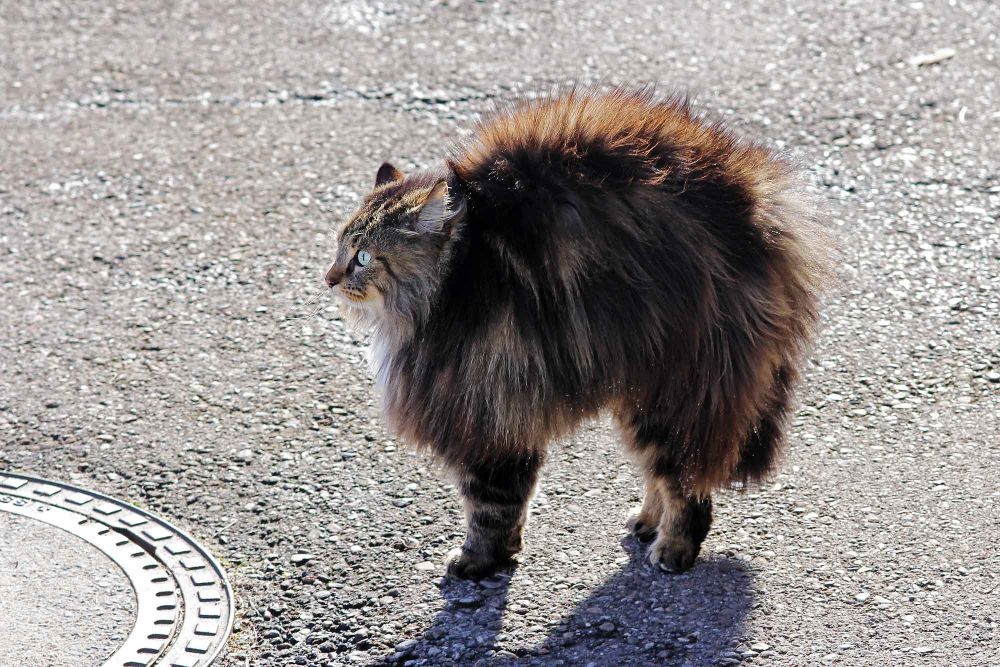
We would get so much more done if our human communications hinged on subtle expressions, sleek movements, and specific flicks of appendages. Cats are, unlike us, very efficient in their use of the eyes, ears, fur, body positioning and of course, their tails to convey exactly what they’re thinking and feeling. From fright to pleasure, suspicion to affection, feline body language is incredibly adept at communication.
Amazingly, the more we know about the way our feline friends communicate, the deeper our human-cat connection can be!
Continue…A Kitty Conundrum: Cats and Kidney Disease
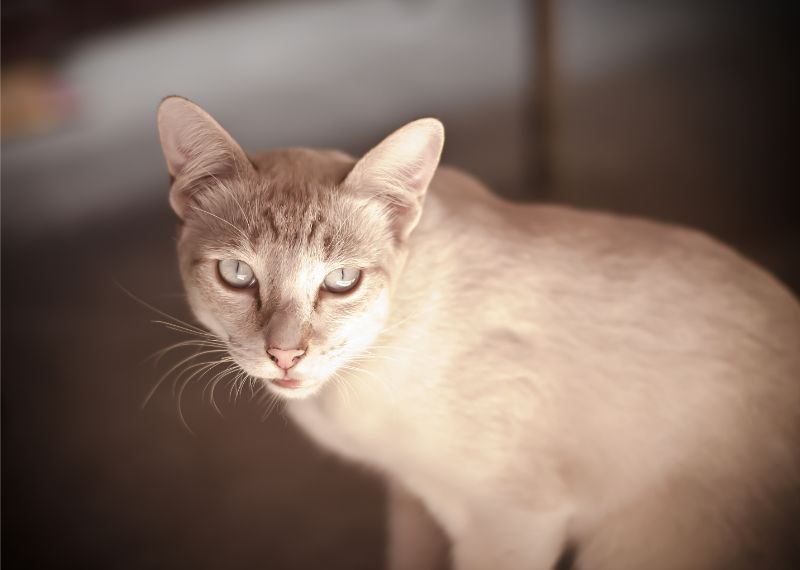
Here at All Creatures Veterinary Hospital of Brooklyn, we are pretty impressed with the animal body. The complex workings and relationships between anatomy and physiology are truly incredible. When you really start to look at everything that goes into making a functional body, it’s amazing that things work flawlessly so very often.
The renal system is one of those complex body systems that our pets rely on for overall health. Sometimes, however, good kidneys go bad and problems arise. The feline species in particular is prone to trouble.
While cats and kidney disease are a common combination, that doesn’t mean there’s no hope.
Continue…The Golden Years: Senior Cat Care
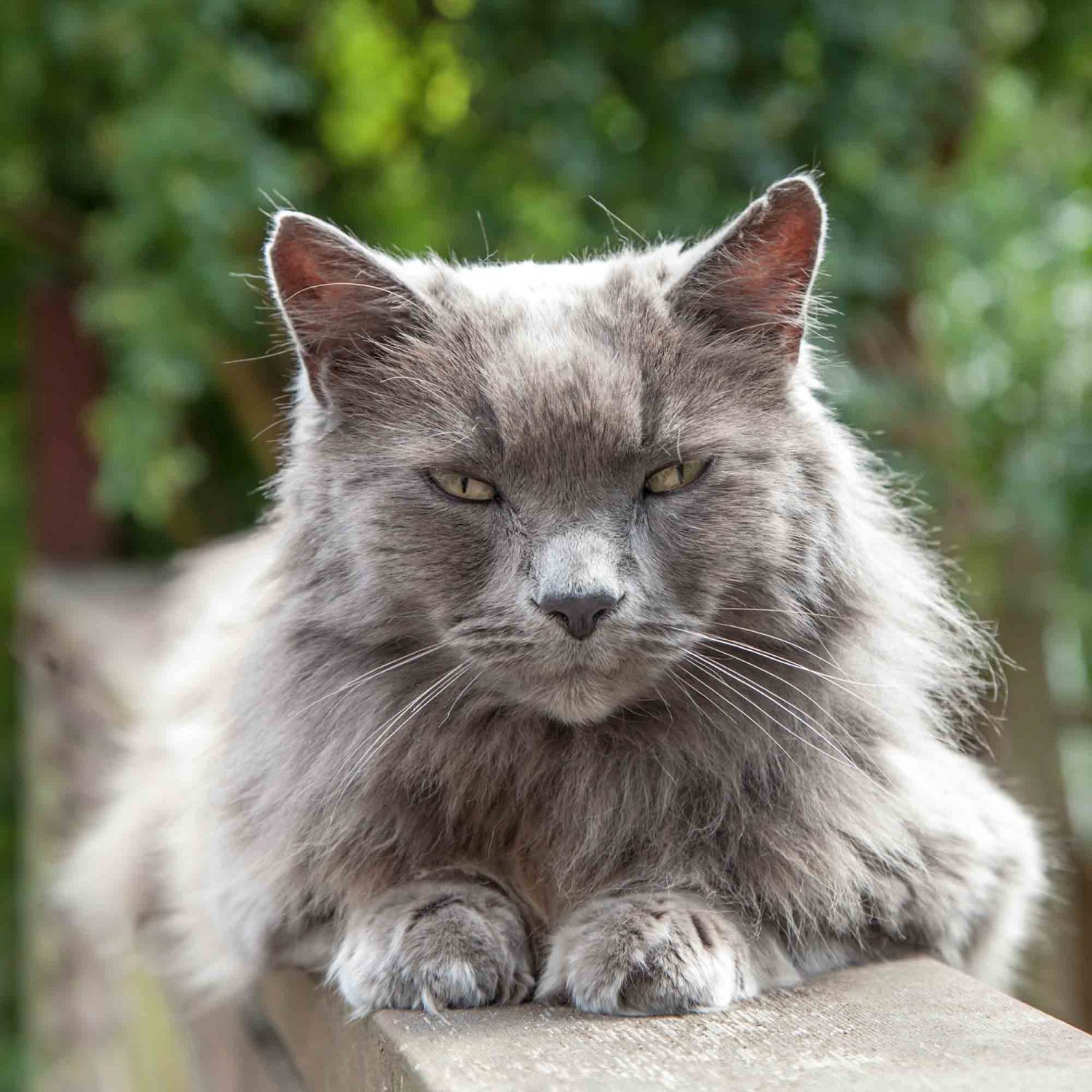 With many cats now living into their late teens and early twenties, we have even more time to love our kitties. Making that time together the best it can be is one of our most important goals at All Creatures Veterinary Hospital of Brooklyn.
With many cats now living into their late teens and early twenties, we have even more time to love our kitties. Making that time together the best it can be is one of our most important goals at All Creatures Veterinary Hospital of Brooklyn.
Keep reading to see why senior cat care is so important, and what things you may need to be aware of when caring for your sweet feline.
Natural Instincts
Cats are mysterious creatures. Many people see them as fiercely independent and not in need of much care or human interaction, but nothing could be further from the truth.
Studies show that cats thrive and are happiest with regular and loving social interaction from the people in their lives. If your cat is hiding away, or your well socialized cat is suddenly not interested in as much interaction with you, it’s possible that one of their most basic survival instincts is at play – that of hiding pain and discomfort. If this occurs, it’s even more urgent to bring your kitty in to see us, as senior cats often hide because of treatable and manageable conditions. Continue…
It’s a Jungle In There! Engaging Your Indoor Cat in Play
 The benefits of keeping your feline companion strictly indoors don’t need much of an explanation. With shelter from the elements and protection from disease and injury, indoor cats are simply safer.
The benefits of keeping your feline companion strictly indoors don’t need much of an explanation. With shelter from the elements and protection from disease and injury, indoor cats are simply safer.
There are downsides, however, when you’re a cat living on the inside.
Engaging your indoor cat is an important part of your pet’s overall well-being. At All Creatures Veterinary Hospital, it’s our goal to help you achieve the best for your furry housemate.
For All 9 Lives, Focus on Long-Term Cat Wellness
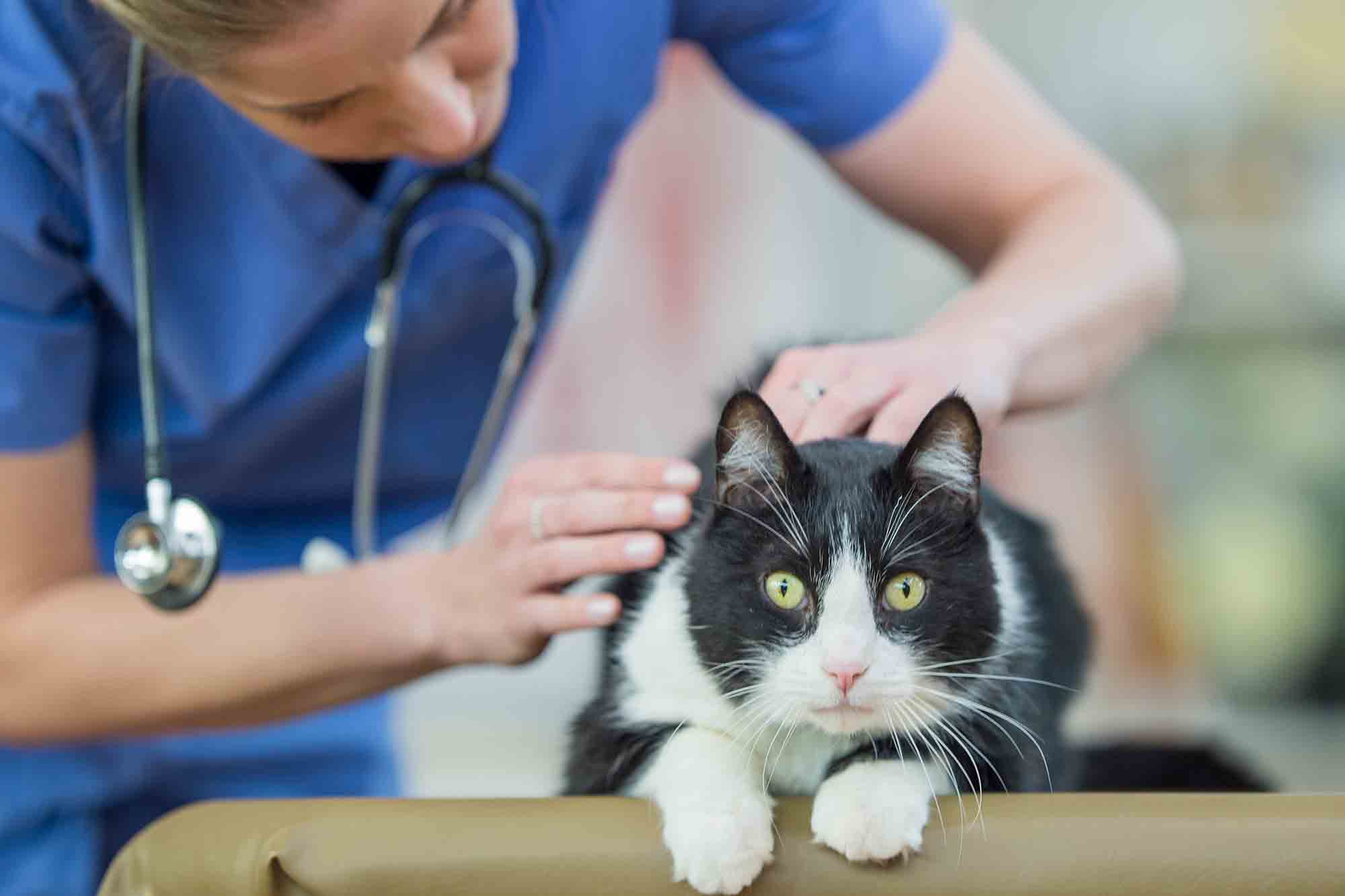 Cats just don’t embrace travel the way most dogs do. In fact, for a cat who values territory and routine above all else, any time spent in a vehicle of any kind can be profoundly upsetting. And yet, a cat’s disinclination to leave home is only one contributing factor that results in fewer veterinary visits.
Cats just don’t embrace travel the way most dogs do. In fact, for a cat who values territory and routine above all else, any time spent in a vehicle of any kind can be profoundly upsetting. And yet, a cat’s disinclination to leave home is only one contributing factor that results in fewer veterinary visits.
Another reason, of course, centers on the fact that cats are naturally quiet about illness or injury. As a means of self-preservation, this method inevitably leads to less attention when, really, addressing troublesome symptoms is what’s needed to maintain cat wellness. So, between an anxious, travel-hating cat and one who hides illness, what is a dedicated cat owner to do?
Nip Problems in the Bud
We understand the predicament very well. With a little training, coaxing, and positive reinforcement, your cat can adapt to crate-time and traveling away from the comforts of home. The benefits that stem from your commitment to routinely scheduled wellness exams multiply as the years go by.

